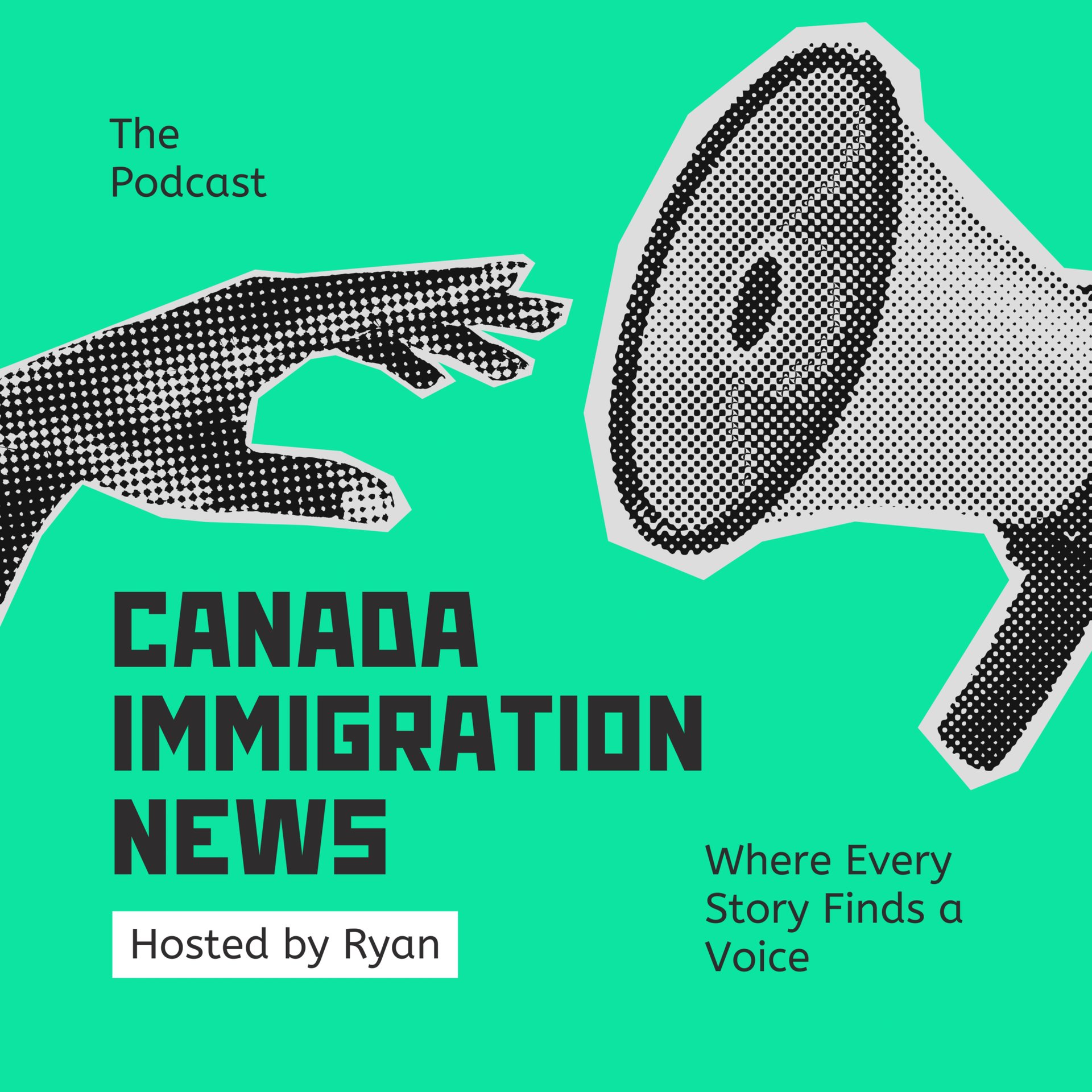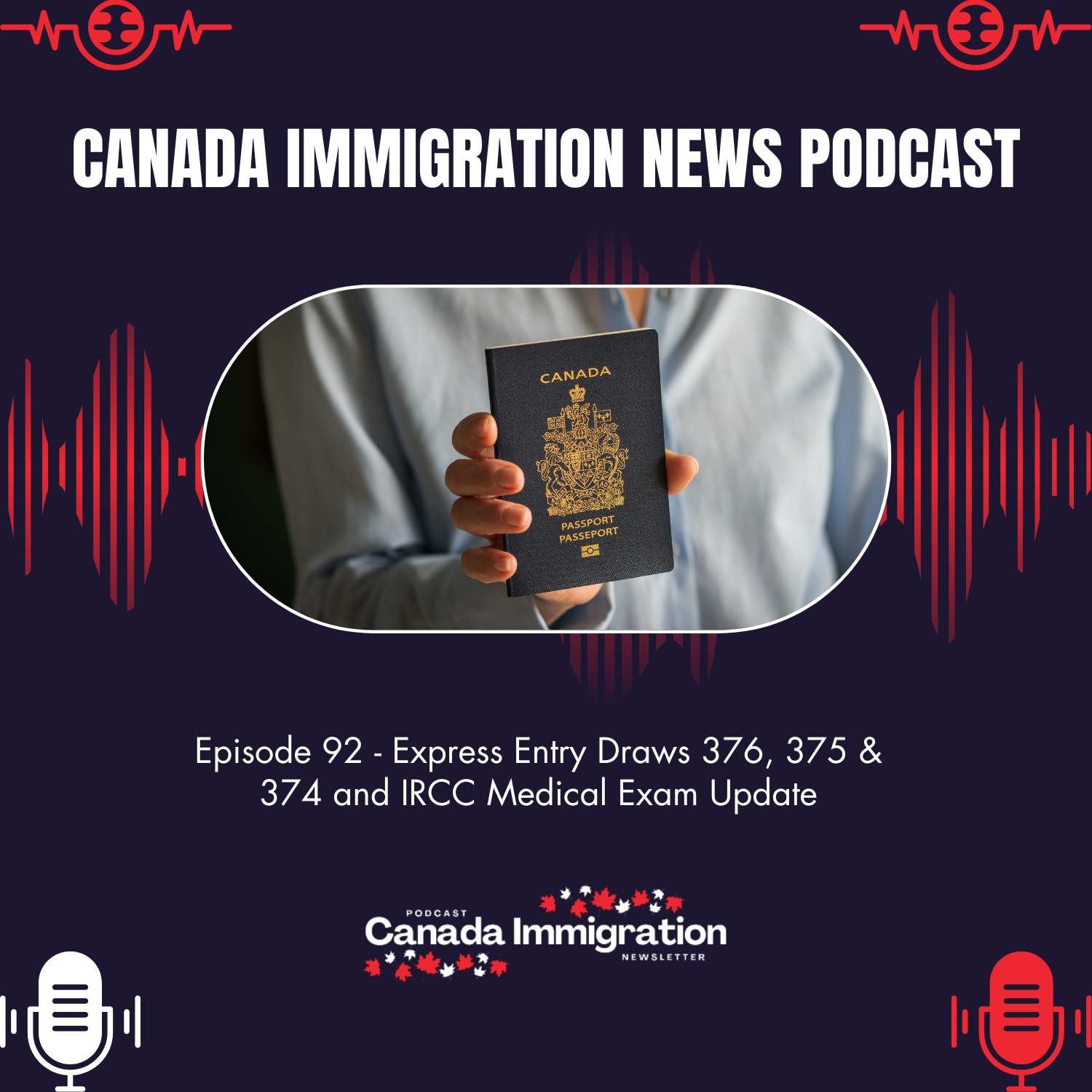Immigration Announcement
Why Francophone Immigration Remain a Key Priority for Canada’s Immigration Goals

The Canadian government is reducing the number of permanent and temporary residents it welcomes, but one group stands out as an exception, Francophone immigrants settling outside Quebec. While other immigration categories are being scaled back, Ottawa is actively raising its targets for Francophone Immigration to strengthen linguistic diversity and address community needs.
Canada Sets a Higher Target – 12% by 2029
Prime Minister Mark Carney recently confirmed that Canada will increase its Francophone immigration target to 12% of all permanent residents admitted outside Quebec by 2029. This target is notably higher than the 10% goal under Justin Trudeau and far above the 2% annual admission rate Canada maintained for years. It took nearly two decades until 2022 for the country to meet its earlier 4.4% target, first set in 2003 to help preserve the French language across Canada.
Why Francophone Immigration Matters
According to Liane Roy, president of the Fédération des communautés francophones et acadienne du Canada (FCFA), welcoming more French speakers is critical to the survival of minority communities. Without new arrivals, many rural regions could face serious decline as populations age and labour shortages grow. French-speaking immigrants also play a vital role in maintaining bilingual public services in healthcare and education. This strengthens Canada’s cultural fabric and ensures equal access for communities where French remains the first and sometimes only language.
While Francophone immigration is being expanded, the federal government has announced sharp reductions across other streams:
- Permanent resident admissions will be capped at 395,000 in 2025, down from the originally planned 500,000.
- By 2027, international students and temporary foreign workers will be limited to less than 5% of Canada’s population.
- Ottawa also aims to keep annual immigration admissions below 1% of the population.
These moves come in response to mounting public pressure over housing shortages and the rising cost of living.
Special Programmes for French-Speaking Newcomers
To meet the new target, Immigration, Refugees and Citizenship Canada (IRCC) has launched dedicated pathways for French speakers, including:
- Express Entry draws for French-speaking candidates in priority sectors. So far, the IRCC has conducted four French-speaking draws in the year 2025:
| Date | Draw Type | Number of ITAs | Cut-off CRS score |
| August 8 | French language proficiency | 2,500 | 481 |
| March 21 | French language proficiency | 7,500 | 379 |
| March 6 | French language proficiency | 4,500 | 410 |
| February 19 | French language proficiency | 6,500 | 428 |
- The Francophone Community Immigration Pilot, designed to attract newcomers to smaller communities.
Examples show the impact:
- In New Brunswick’s Acadian Peninsula, employers like Distillerie Fils du Roy have hired graduates and newcomers through the pilot programme, revitalising local industries.
- In Timmins, Ontario, institutions such as Collège Boréal stress the need for French-speaking healthcare professionals to meet patient demand.
Canada exceeded its 2024 goal, with 7.2% of admissions outside Quebec being French speakers — equal to more than 30,000 newcomers. Ottawa’s new 12% target is ambitious, but advocates believe it is achievable with stronger recruitment, retention, and integration strategies. For French-speaking skilled workers, students, and professionals, this is a historic opportunity. Francophone immigration is not only safeguarded but encouraged, even as Canada reduces overall immigration.
























